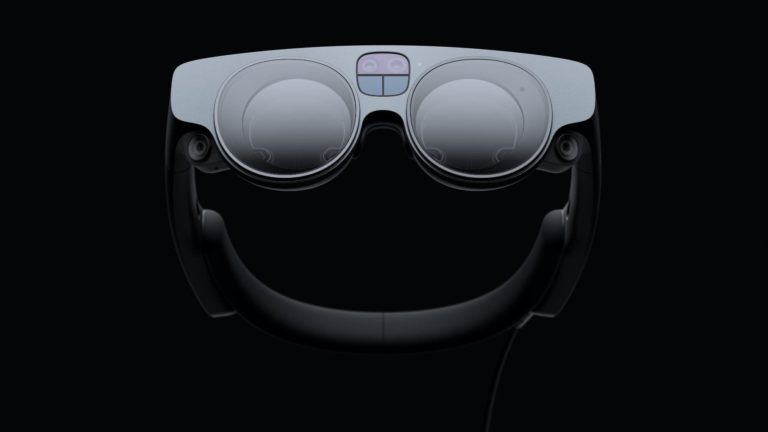
AR continues to be challenged in gaining widescale traction. That said, there are some bright spots such as adoption and monetization in mobile AR. But that’s really a stepping stone to AR’s real engame and fully-actualized self, which of course is headworn.
So where are we in that progression, and what’s the revenue outlook? ARtillery’s Intelligence’s recent revenue forecast dives into headworn AR and all of its subsegments. This is also the topic of the latest episode of ARtillery Briefs, including narrative takeaways and video below.
By the Numbers
So what did the forecast uncover? At a high level, Global headworn AR revenue is projected to grow from $1.59 billion last year to $17.7 billion in 2025. This sum consists of both consumer and enterprise spending, the former holding a commanding share in early years.
Meanwhile, hardware revenue leads in early years, but software is projected to outpace it in the longer term. This happens as a larger installed base of in-market hardware accumulates; and as software average revenue per user (ARPU) grows – a common emerging-tech pattern.
Specifically, AR headsets are projected to grow in unit sales from 250,000 last year to just over 4 million in 2025 – an installed base of 8.53 million units at that time. That’s healthy growth, but 8.53 million is still dwarfed by the global smartphone installed base by about 420-1.
Back to the consumer/enterprise split, the latter’s revenue share lead is due to a strong business case for AR-guided productivity and planning. It’s also accelerated by the U.S. Army’s $22 billion contract with Microsoft (though it’s had its ups and downs) for battle-grade Hololens 2s.
But consumer spending will catch up in later years as consumer markets are generally larger than enterprise markets, due to population sizes. Adoption will be accelerated by improving technology, cultural acclimation, and the wild card that is Apple’s projected market entrance.
Halo Effect
Speaking of Apple, we project its smart glasses to hit the market next year (with a possible unveiling later this year). This could spark a classic Apple “halo effect” that raises all boats by acclimating consumers and stimulating demand. Apple has done it before…
Apple’s market entrance could include AR glasses and the software/apps that run on those glasses, which potentially includes a range of use cases like gaming, education, utilities, media, and commerce. Like the early iPhone, lead time will be required for developer footing.
Notably, this could contrast mobile AR consumer spending which is dominated by in-app purchases, due partly to a gaming bent (read: Pokémon Go). AR glasses software could conversely include a mix of premium apps, recurring content subscriptions, and advertising.
A lot of this will likely be defined by Apple in terms of the software marketplaces it creates, just like it has done in mobile. And it’s already laid the tracks with ARkit, pursuant to its signature vertical integration. This is also to get developers to start thinking spatially.
But though its AR glasses market entrance will be impactful, unit sales won’t be outrageous in the first few years. Like the Apple Watch, it could take a while to ramp up. Specifically, we project a half-million units in the first year, growing to about 1.5 million units by 2025.
Scale Imperative
All the above just scratches the surface, and you can see more in the full report. But one note in closing, sticking with Apple, is the question of what “Apple Glass” will be and do. There are signs that it will be a more rudimentary form of AR than devices like Magic Leap one.
Apple needs to go this route to achieve size and weight requirements for mass-market appeal. Apple’s size, and need to counterbalance a maturing iPhone market (as all wearables do), also mean that it has to shoot for massive markets. This burdens Apple Glass with a scale imperative.
But despite a potentially lower-tech orientation, the device could have appeal in meaningful and elegant integrations with other Apple hardware for a sort of holistic wearables suite that augments reality from several angles. That would make it a classic Apple ecosystem play.
And that “Lite AR” approach that prioritizes wearability and integration – as opposed to a specs arms race – could be the model that we replicated in these still-early stages of the AR glasses race. Think of it like the iPhone 1, that beefs up its capabilities over several years.

